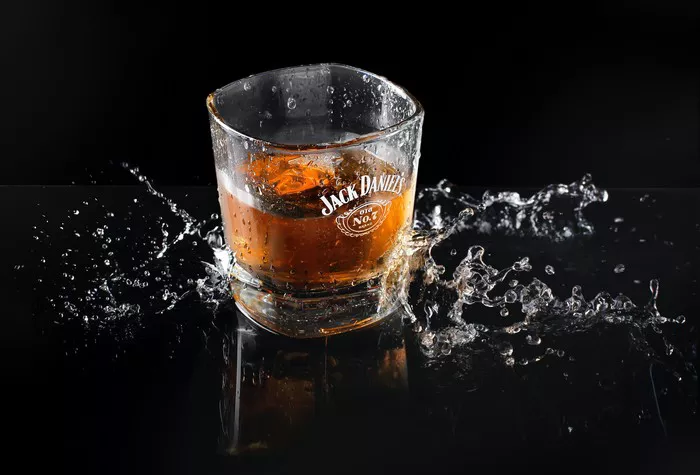Brandy, a distinguished and timeless spirit, has a long history of pleasing palates around the world. But with so many brands and varieties to choose from, how do you determine which brandy is truly the best? In this comprehensive guide, we will explore the world of brandy, analyzing different aspects such as taste, origin, aging process, and awards to identify the finest brandy brands on the market.
1. Origin Matters
When it comes to brandy, its place of origin plays a significant role in defining its characteristics and flavors. Let’s take a closer look at the key regions known for producing exceptional brandy:
Cognac, France: Cognac is renowned for its elegant and refined brandy. The grapes used in Cognac production are predominantly Ugni Blanc, and the brandy is aged in Limousin oak barrels. Some top Cognac brands include Hennessy, Rémy Martin, and Courvoisier.
Armagnac, France: Armagnac, often considered the older sibling of Cognac, hails from Gascony, France. It boasts a more rustic and robust flavor profile due to its unique distillation process. Notable Armagnac brands include Darroze and Delord.
Brandy de Jerez, Spain: Spain’s contribution to the world of brandy, Brandy de Jerez, is known for its rich and nutty flavors. It is aged in Sherry casks, imparting a distinctive character. Osborne and Fundador are popular Brandy de Jerez brands.
2. Aging and Maturation
A crucial factor in determining the quality of brandy is the aging process. Different brands employ various aging techniques, which significantly impact the final product. Here are some aspects to consider:
VS (Very Special): Typically aged for a minimum of 2 years, VS brandies are known for their youthful and vibrant profiles. They are perfect for mixing in cocktails. Brands like Martell VS exemplify this category.
VSOP (Very Superior Old Pale): With aging periods of at least 4 years, VSOP brandies offer a smoother and more refined taste. These brandies are often enjoyed neat or with a splash of water. Look out for brands like Rémy Martin VSOP.
XO (Extra Old): The pinnacle of brandy aging, XO brandies are aged for a minimum of 10 years, resulting in complex and indulgent flavors. These are sipping brandies that should be savored slowly. Hennessy XO is a prime example.
3. Flavor Profiles
Each brandy brand has its unique flavor profile, influenced by factors such as grape variety, distillation method, and aging process. When considering the best brandy, it’s essential to find a flavor that suits your palate. Here are some common flavor profiles:
Fruity and Floral: Brandy varieties like Cognac often exhibit fruity and floral notes, with hints of apricot, pear, and jasmine. This style appeals to those who enjoy a lighter and aromatic experience.
Nutty and Spicy: Some brandies, such as those from Spain or Armagnac, offer a nuttier and spicier flavor profile, with notes of almonds, cinnamon, and cloves. These brandies are more robust and full-bodied.
Rich and Complex: XO brandies tend to be rich and complex, featuring a wide range of flavors, including dark chocolate, leather, and dried fruits. They provide a luxurious tasting experience.
4. Awards and Recognition
One reliable way to gauge a brandy’s quality is by checking for awards and recognitions from industry experts. Many prestigious competitions celebrate excellence in the world of spirits. Keep an eye out for brandies that have received accolades such as the International Wine and Spirits Competition (IWSC) or the San Francisco World Spirits Competition (SFWSC).
Rémy Martin Louis XIII: This iconic Cognac brand has consistently received top honors, including numerous awards for its exceptional XO offerings.
Cardenal Mendoza: Hailing from Spain, Cardenal Mendoza has earned acclaim for its rich and flavorful Brandy de Jerez.
5. Expert Recommendations
To further aid your decision-making process, we reached out to expert sommeliers and brandy enthusiasts for their recommendations. Here are a few brandy selections they highly endorse:
Pierre Ferrand Ambre: A well-balanced Cognac with a fruity and floral profile, perfect for newcomers to brandy.
Janneau XO Royal: This Armagnac offers a delightful blend of fruitiness and spiciness, pleasing both novices and connoisseurs.
Hine Antique XO Premier Cru: A Cognac known for its exceptional complexity, it’s an excellent choice for those seeking a refined brandy experience.
In conclusion, the quest for the best brandy is subjective, as it largely depends on individual preferences. Factors like origin, aging, flavor profile, awards, and expert recommendations should guide your decision.
Tips for choosing quality brandy:
1. Brandy ≠ Cognac ≠ X.O
Cognac is a type of brandy, and X.O is a grade of cognac. It is a common misunderstanding among ordinary people to equate these three words.
Brandy, in a narrow sense refers to wine made by distillation and concentration of wine, and in a broad sense refers to all distilled wines based on fruit wine.
2. Don’t just look at the color
Many people have a misunderstanding: the older the wine, the darker the color. This is wrong. Many miscellaneous brands have also grasped this psychological misunderstanding, constantly emphasizing how deep their color is and how gorgeous it is under the light. This is a value that comes from the French Bourbon dynasty, a royally noble amber gold…
The brandy before being put into the barrel is a colorless and transparent spirit. If you add some caramel color commonly used in drinks, wouldn’t it also be “amber gold”?
3. Don’t be superstitious about whether to hang a cup or not.
Hanging cup generally refers to the phenomenon that wine with high alcohol concentration stays on the wall of the cup. Because alcohol is more volatile than water, the surface tension of the liquid changes, resulting in the phenomenon of slowly flowing down.
But what can hang a cup is not necessarily a good wine, or it is not necessarily a wine. All viscous liquids can hang a cup. If you don’t believe it, add a tablespoon of honey to the water and try to see if it can hang a cup.


